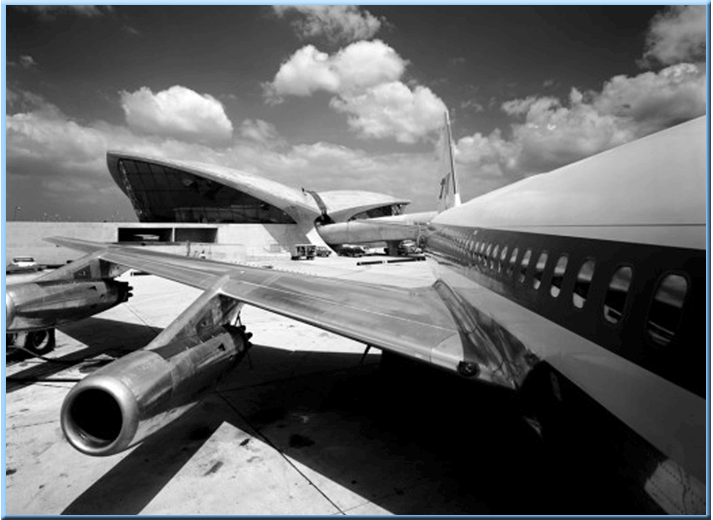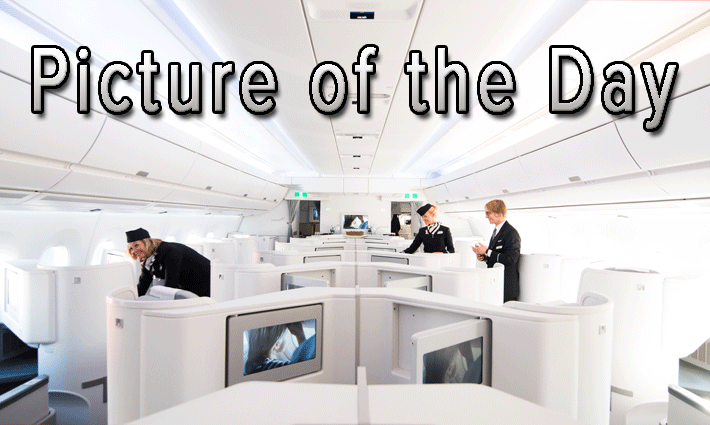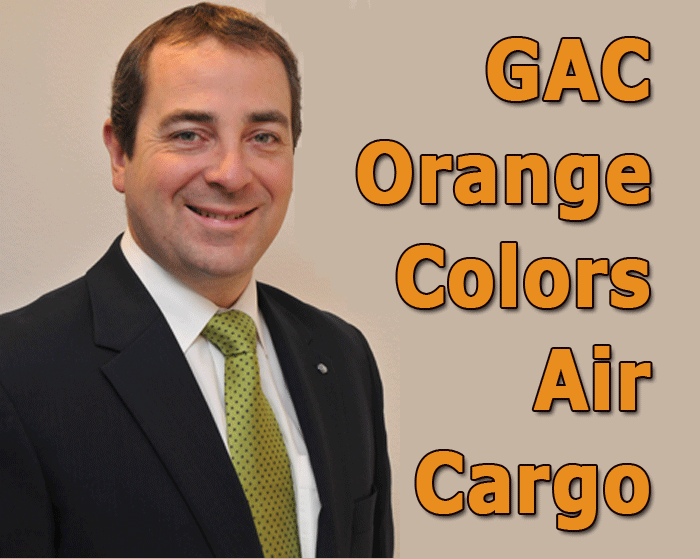
Despite
the huge fluctuations in the ocean market, air freight is
still a more challenging market from a logistics management
perspective, according to one leading 3PL.
Forwarders and logistics
companies have been vocal in recent months about the huge
costs associated with managing the peaks and troughs of
container movements by sea, but GAC Regional Manager, Freight
Sales, Peter Orange told FlyingTypers that the
pricing system imposed by airlines was also a major issue
for freight solutions providers.
“Airfreight is harder to manage
from the point of view that airlines are and remain export-driven
and focused, with control at the point of pricing and capacity
at the origin, whereas many markets are inbound consignee-controlled,”
he said. “This anomaly means that we cannot negotiate
with airlines at destination in a way that we wish to.
“Shipping lines on the other
hand are well-versed in this and have adapted quite well
to the market situation today. Overall pricing has become
more stable with surcharges now being rolled back into freight
costs and ‘all-in’ pricing being offered again.
“The ideal situation is for
airlines to learn from shipping lines on how, and at which
point, to control their pricing and capacity.”
A number of forwarders/3PLs have
reported pressure on air freight forwarding margins over
the last 12 months due to falling oil prices and major customers
engaging in aggressive tendering. Orange said the move by
airlines towards ‘all-in’ pricing—following
in the footsteps of their shipping peers—was helping
stabilize the market.
“All-in pricing is easier
and in fact more transparent to manage,” he said.
“The tenders and RFQs that we have been involved in
over the past few years have demanded that we sometimes
take, considerably sizeable commercial risks by offering
‘all-in’ pricing, or alternatively, fixed surcharges
for fuel, etc.
“Margins are always hard to
come by in our business, and being able to consolidate business
volumes on key trade lanes is the ideal way of maintaining
margins.
“Freight itself is a commoditized
product, and GAC strives to offer additional value to the
customer with services provided at origin and destination.
Warehousing services, such as milk runs from suppliers’
and buyers’ consolidations, are being offered to customers
as part of the solutions in their supply chains.”
GAC recently expanded its logistics
network in the U.S. with the opening of four new offices
in Atlanta, Detroit, Chicago, and Los Angeles. As a mature
and established market, Orange said the U.S. presented its
own set of challenges. “We are building upon our existing
foothold in the oil and gas sector, as well as global capabilities,
to expand our reach in the automotive, FMCG, fashion, and
pharmaceutical sectors,” he explained. “We also
have the support of our existing clients who want to continue
working with GAC.
“We can also better control
services and pricing with our own teams on the ground and
set and establish relationships directly with carriers,
which will give us more transparency on costs and services.
We offer new air and ocean freight services from the U.S.
to Asia and Europe in particular.”
According to Orange, the main challenge
facing forwarders in the air freight market at present is
a more stringent regulatory environment and compliance requirements.
“GAC and our customers take a serious view on this
and ensure such rules and regulations are being followed,”
he said.
“However, in some markets,
there will always be players who are looking to take short
cuts, and this affects the level playing field.
“GAC has to walk away from
certain business at times and whilst this means a loss of
opportunity, it is the right way and it is the way we have
chosen to operate our business, and it is also the way our
customers want us to be.”
Orange said that predicting where
rates improvements and demand growth would come from in
the air freight business, even in the short-term, was always
a difficult task. “It is difficult to predict months
ahead, not to mention years ahead, which is an even tougher
call,” he explained. “The world is now changing
at a rapid pace. A year ago, no one would have thought that
oil would be at $50 a barrel, or predicted the effects of
the price drop.
“There will always be a demand
for air freight, and as manufacturing becomes more high
tech and companies are looking at lean manufacturing and
reduced levels of inventory, air freight will play an even
more important role.
“Intra-Asia freight will become
more and more important, as we see the development of the
ASEAN and other free trade groups, including Trans Pacific
Partnerships, getting off the ground. The member countries
will naturally want to do more business with each other
in the same way the European Union does today. It will take
time, however: the EU took over 60 years to get to where
they are today!”
SkyKing
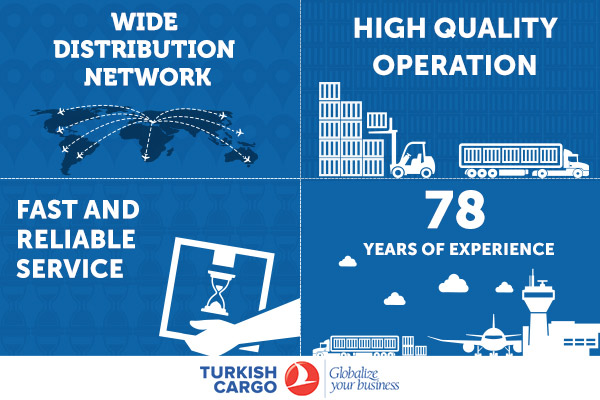


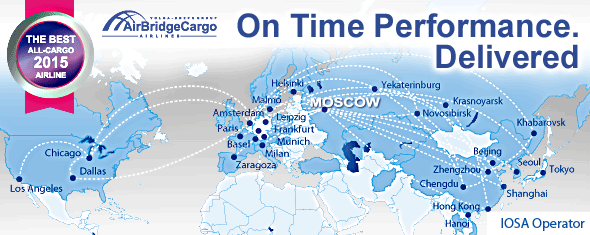










 Mr.
Muscatello is Landrum & Brown’s Managing Director
of Cargo and Logistics. He is a forward-thinking airport
and air cargo executive with more than 30 years of experience,
in both the public and private sectors. He has been
a development strategist for both the business and physical
facility planning of air cargo complexes, and the integration
of ancillary and supporting logistics services that
make them operationally and financially feasible. Mr.
Muscatello comments on various topics of unique common
interest are a regular feature of FlyingTypers.
Mr.
Muscatello is Landrum & Brown’s Managing Director
of Cargo and Logistics. He is a forward-thinking airport
and air cargo executive with more than 30 years of experience,
in both the public and private sectors. He has been
a development strategist for both the business and physical
facility planning of air cargo complexes, and the integration
of ancillary and supporting logistics services that
make them operationally and financially feasible. Mr.
Muscatello comments on various topics of unique common
interest are a regular feature of FlyingTypers.
